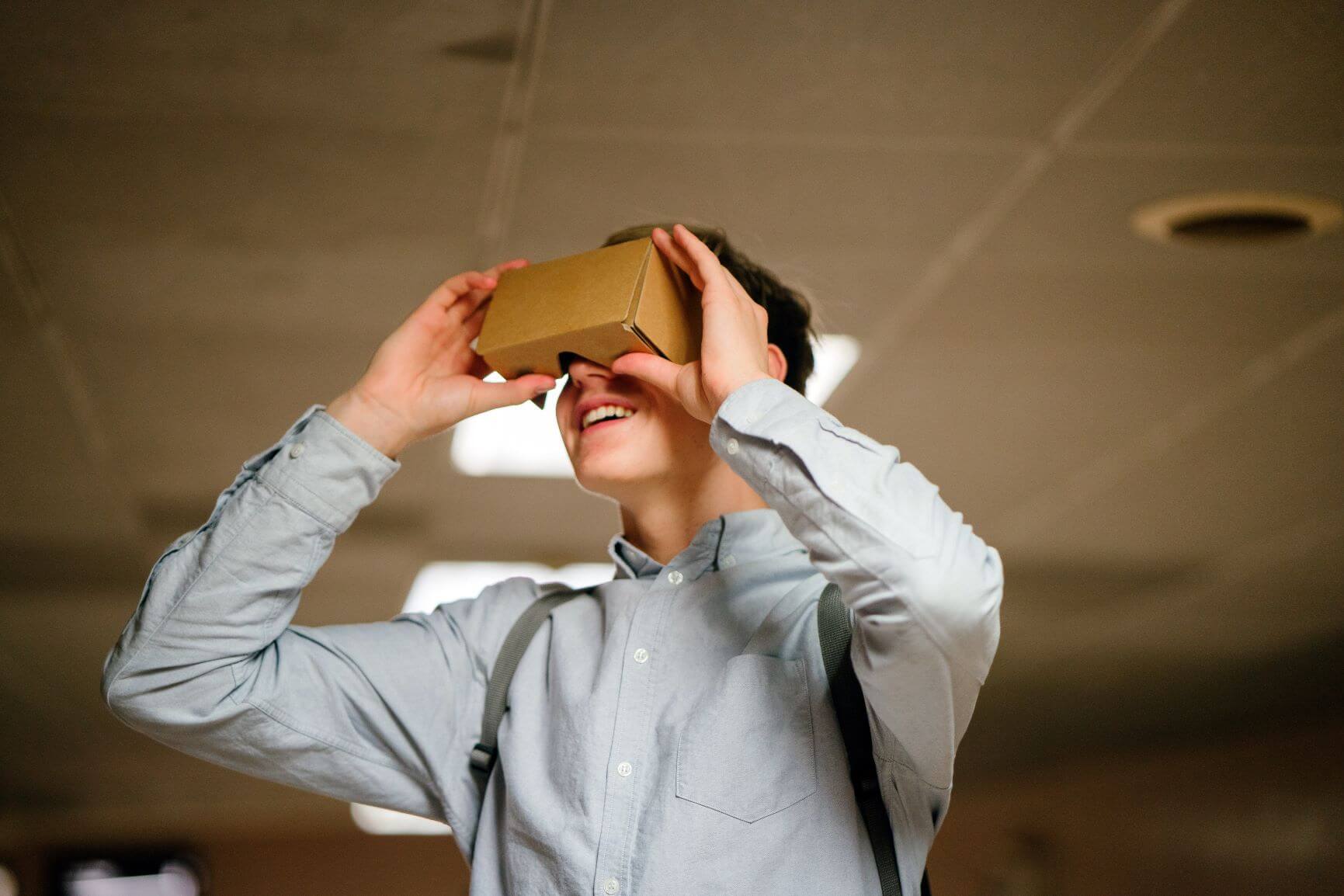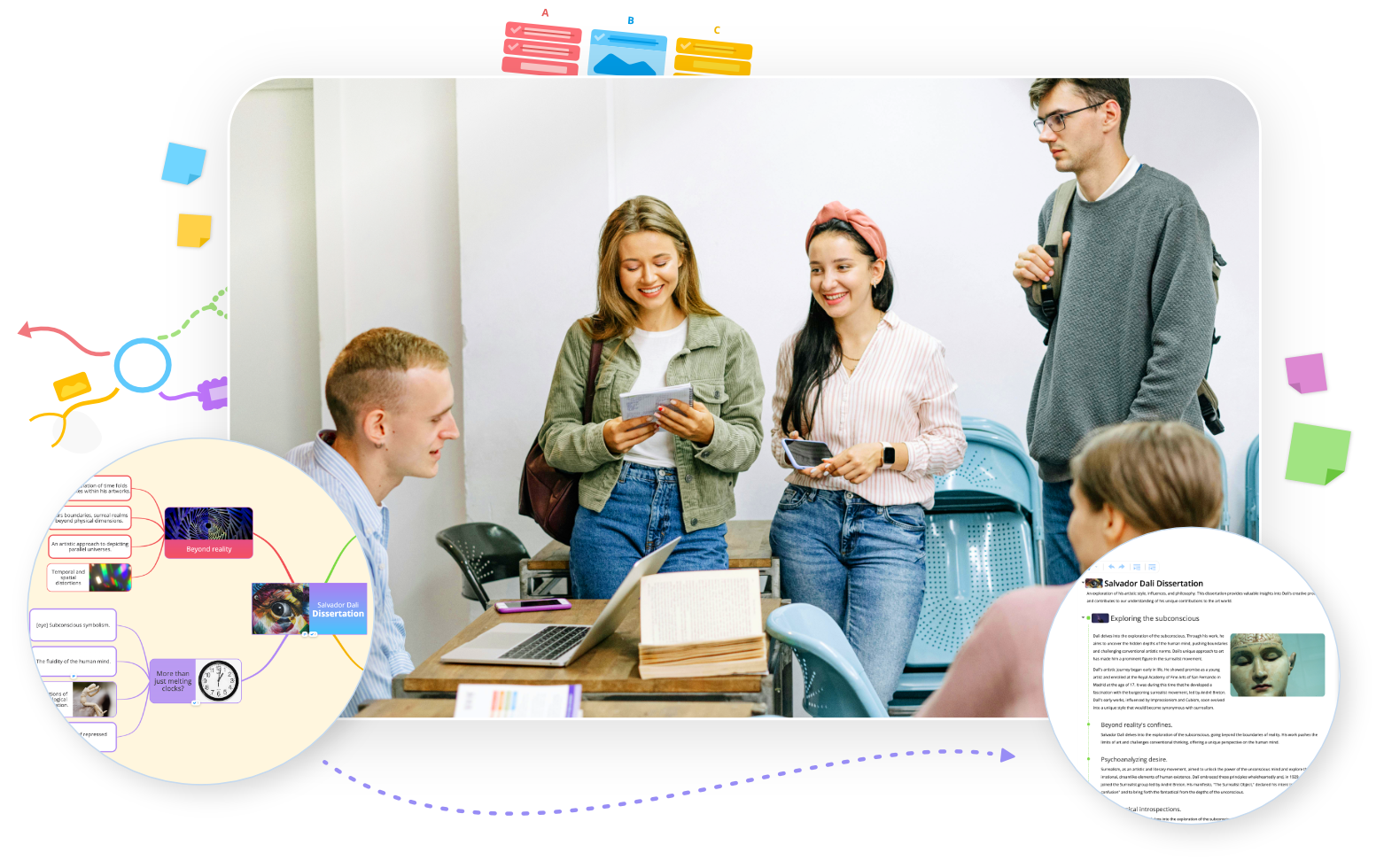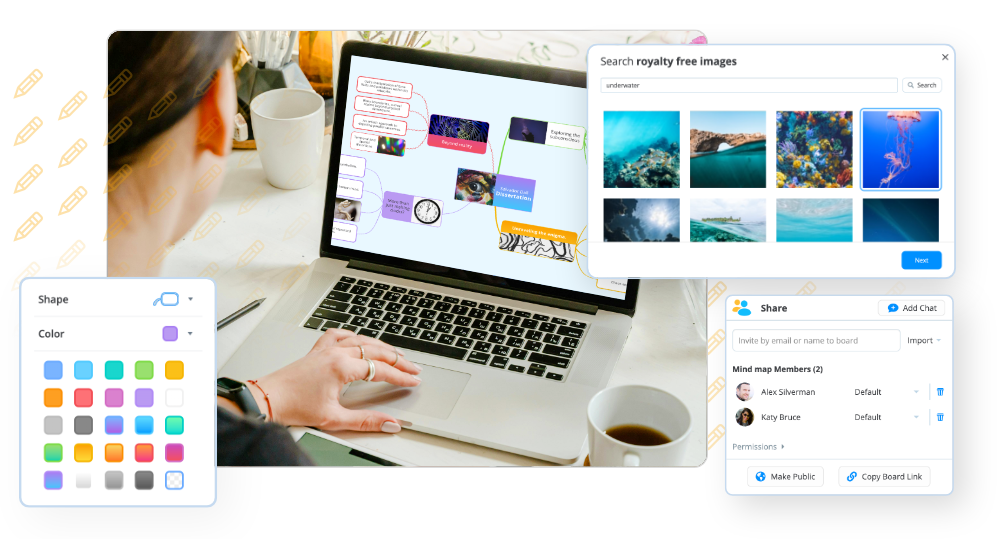Diversity in the workplace has been a hot topic for many years. Promisingly, more and more companies have established guidelines that ensure they have a fair and diverse range of employees. Yet, there still remains a dearth of resources when it comes to neurodiversity .
Businesses are beginning to wake up to the importance of acknowledging neurodiversity within the workplace – it is a new area for many, and as such businesses are still finding their feet when it comes to accommodating neurological differences.
Here are some illuminating stats sourced by Universal Music in their Creative Differences handbook:
- 75% of companies are unsure if they have policies in place for neurological differences.
- Only 17% know how many neurodivergent individuals are within their organization.
- 60% said awareness & understanding of neurological differences was a major barrier to setting up a strategy.
- 96% of businesses believe there are benefits to having a neurologically diverse workplace.
Neurodivergence is estimated to affect 1 in 7 people in the UK. Now, major organizations are trailblazing the way for supporting neurological differences in the workplace and subsequently thriving off the benefits.
Learning from the experts is a great way to boost business on the HR front. Here is a snapshot of what industry leaders are doing to support neurodivergent individuals in the workplace.
Industry leaders

(Image from Tim Loudon via Flickr)
BBC
The BBC have remodeled many of their offices in pursuit of improved accessibility for neurodivergent employees.
Sean Gilroy is the BBC’s Head of Neurodiversity and he is in charge of cognitive design at the BBC. He uses an “environment checklist” to guide teams in how spaces should look to ensure all staff are happy and productive.
“A lot of organizations are good at physical accessibility but considering cognitive accessibility isn’t really well appreciated,” says Mr Gilroy.
The checklist used by the BBC looks at visual design (for example the use of colors, patterns and contrast), lighting, audio-input (for example, the noise of an open-plan office), materials used (keyboards, mouse mats, desks), and even the smells which may linger in the office. Going through all these things is a must for neuro-inclusivity.
How can you do the same?
- Build office environment checks into the employee onboarding process.
- Rather than standardizing office layout, experiment with different types of format.
- Where necessary, provide extras like noise-canceling headphones.

Direct Line
Yvonne Akinwande has spoken out in praise of her employer Direct Line. As a dyslexic Marketing Consultant, Akinwande has been greatly appreciative of the software provided which has helped her with note-taking. She has also highlighted the importance of being recruited and established in a role that celebrates her talents as a neurodivergent individual (rather than placing emphasis on challenges).
“There are so many different strengths that we [ND people] hold, and I think it’s easy to focus on the negatives but you get so much more when you focus on the positives,” says Akinwande.
In addition to her role as Marketing Consultant, Akinwande is the Co-Leader of Neurodiversity, in a new strand of business which has been established within Direct Line.
How can you do the same?
- Provide software to support the extra needs of neurodivergent employees.
- Be positive with neurodivergent employees by celebrating their strengths.
- Involve neurodivergent employees directly in the roll-out of inclusivity changes.

Universal Music
As already mentioned at the start of this article, Universal Music have made waves with the release of their Creative Differences handbook. Not only is this a guide for neurodiversity best practices in the workplace, but it also outlines exactly why inclusivity is central to their business philosophy.
Speaking about the business’ motivation for being so accommodating internally, UK CEO David Joseph has said:
“We want artists to flourish and that means introducing new styles of working where people can discuss difference”.
The handbook – which uses accessible fonts and styling – covers a whole range of things. These include research, personal testimonials and myth-busting of misconceptions about neurodiversity – this is in addition to a roadmap of ambitions for future inclusion. Universal have received many commendations for their publication of this handbook. Its release serves to benefit the neurodivergent community as a whole, and may just provide a starting point for other employers looking to make similar changes.
How can I do the same?
- Read and distribute Universal’s handbook in your office.
- Identify your business’ weak points based on Universal’s research data & seek to strengthen internal knowledge of neurodiversity within your workplace.
- Commit fully to changing company culture – push past seeing neuro-inclusivity as a “tick box exercise”!
Now it’s your turn…
As awareness grows, more and more HR teams are looking to incorporate policies such as these. Companies like Microsoft and Goldman Sachs have also made headlines in their pursuit of neurodivergent talent. You can also find a list of companies with neurodiverse-specific hiring initiatives here.
Here at Ayoa, we’re on a mission to help workplaces become more neuro-inclusive. To find out more, visit ayoa.com/neurodiversity


